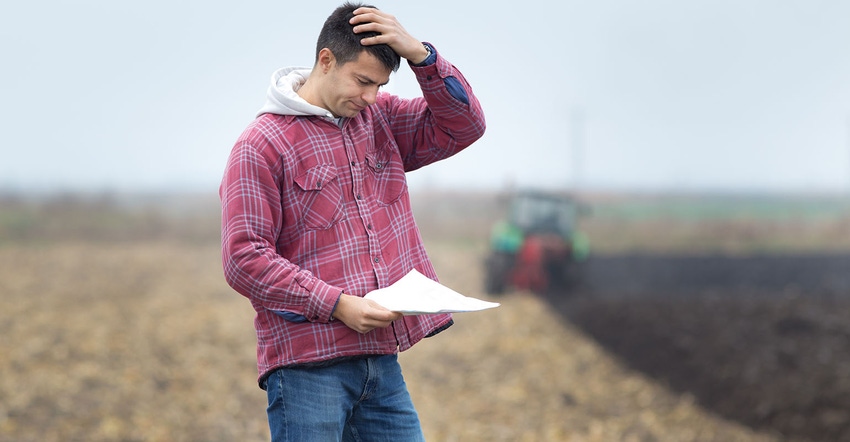
A fresh decade is shaping up to bring farmers lots of challenges, well beyond forgetting to write the correct date in your checkbook. Here are just two you’ll want to watch:
One state rules all others
A few years ago California voters overwhelmingly passed Proposition 12, a law that requires the state’s livestock farmers to provide a minimum amount of space for hens, veal calves and hogs. The law’s arbitrary standards lack any scientific, technical or agricultural basis, yet California farmers have had to spend millions to upgrade facilities if they wanted to stay in business.
Does this matter to you? Yes. As of the first of this year (and again in 2022), the law says anyone who wants to sell into the California market must follow the same rules. As of today all veal calves sold into California must have 43 square feet of floor space per calf, and egg-laying hens must each have at least 1 square foot of usable floor space per hen. Beginning Jan. 1, 2022, all pork operations must have 24 square feet per sow and egg-laying hens must have 1 to 1.5 square feet of usable floor space per hen; facilities must allow hens to move around inside the area (cage-free).
How can one state get away with that, you ask? A California judge with zero agricultural background already shot down a complaint filed by the North American Meat Institute. Yet, the U.S. Constitution’s Commerce Clause seems pretty clear. It forbids any law that “discriminates against out-of-state producers and imposes burdens that outweigh putative local benefits.”
You can look it up.
California, the most populous state with some 40 million residents, is 15% of the U.S. pork market. To date, less than 1% of U.S. pork production facilities meet Prop 12 standards, according to the National Pork Producers Council. That’s one reason why NPPC and the Farm Bureau have also filed a legal challenge. But until it gets resolved, the law moves forward.
The aftermath of war
Each time I write a trade story, it usually starts, “By the time you read this, the trade war with China will hopefully be over...” Now, some 20 months after the first tariff volley, we may be seeing the finish line – or at least, reasons to be optimistic for 2020.
A few weeks ago the U.S. Trade office had declared a “phase one trade agreement” that requires “structural reforms and other changes to China’s economic and trade regime in the areas of intellectual property, technology transfer, agriculture, financial services, and currency and foreign exchange.” The deal is expected to be signed this week.
Meanwhile the house passed USMCA and the senate is expected to approve the pact some time in the new year. And the Japan deal, agreed last August, will certainly improve demand.
It’s all good news for the new year. And bully for President Trump for standing up to China, a country that does not play fair. But is it going out on a limb to suggest that China will never trust us again as a supplier? And how much long-term ag growth did we relinquish to Eastern European and South American competitors?
Both examples highlight the need to make U.S. farms more resilient in the age of trade and policy uncertainty. How? Send your ideas to [email protected].
The opinions of the author are not necessarily those of Farm Futures or Farm Progress.
About the Author(s)
You May Also Like






